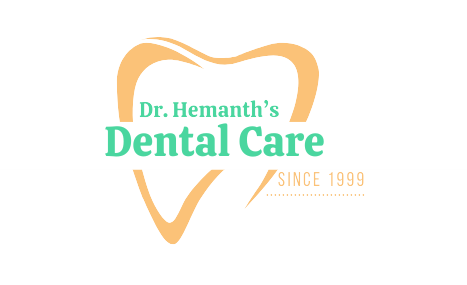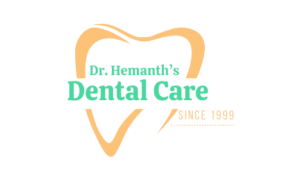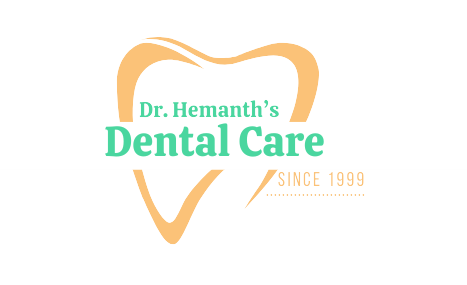Oral prophylaxis/Scaling


Keeping Your Smile Healthy: Oral Prophylaxis (Scaling)
Oral prophylaxis, often referred to as scaling or a dental cleaning, is a fundamental procedure for maintaining good oral health. It’s a comprehensive cleaning performed by a dentist or dental hygienist to remove plaque, tartar (calculus), and prevent gum disease.
Why is Oral Prophylaxis Important?
Plaque is a sticky film that forms on your teeth throughout the day, filled with bacteria. If not removed through regular brushing and flossing, plaque hardens into tartar (calculus), a rough deposit that clings firmly to the tooth surface and below the gum line.
Here’s why oral prophylaxis is crucial:
- Prevents Gum Disease: Plaque and tartar buildup irritate the gums, leading to gingivitis (inflammation) if left unchecked. Gingivitis can progress to periodontitis, a severe gum infection that damages the supporting bone and tissues around the teeth. Regular cleanings remove plaque and tartar, preventing gum disease and tooth loss.
- Freshens Breath: Plaque buildup contributes to bad breath (halitosis). Scaling removes the source of the odor, leaving your breath feeling fresh.
- Improves Overall Oral Health: Clean teeth are less susceptible to decay and other dental problems. Regular cleanings allow for early detection of cavities or other oral concerns.
The Oral Prophylaxis Process
A typical oral prophylaxis appointment involves several steps:
- Examination: Your dentist or hygienist will examine your mouth for signs of gum disease, tooth decay, or other concerns.
- X-rays (optional): Depending on your dental history, x-rays may be taken to check for issues like bone loss or hidden decay.
- Plaque and Tartar Removal: Scaling is the process of removing plaque and tartar buildup using specialized instruments like ultrasonic scalers or hand instruments. Ultrasonic scalers use vibrations and water spray to break up and remove deposits gently.
- Teeth Polishing: A gritty paste and polishing tool are used to smooth and polish the tooth surfaces, removing any remaining debris and stains. This also helps prevent future plaque buildup.
- Flossing: The hygienist may floss your teeth to remove any lingering plaque or debris between the teeth.
- Fluoride Treatment (optional): A fluoride treatment may be applied to strengthen tooth enamel and further prevent decay.
How Often Should You Get Oral Prophylaxis?
The recommended frequency for oral prophylaxis depends on your individual oral health needs. Generally, cleanings are recommended every six months. However, if you have gum disease or other risk factors, your dentist may recommend more frequent cleanings (every 3-4 months).
Benefits of Regular Oral Prophylaxis
Regular oral prophylaxis offers numerous benefits for your oral and overall health:
- Prevents gum disease and tooth loss
- Freshens breath
- Improves oral health
- Early detection of dental problems
- Boosts confidence with a brighter smile
- May contribute to better overall health (Studies suggest gum disease may be linked to chronic health conditions like heart disease and diabetes)
Maintaining Good Oral Hygiene Between Cleanings
While oral prophylaxis is essential, proper oral hygiene at home is crucial for maintaining a healthy smile between cleanings. Here are some key practices:
- Brush twice daily with fluoride toothpaste for two minutes each time.
- Floss daily to remove plaque and debris from between teeth.
- Maintain a healthy diet: Limit sugary foods and drinks that contribute to plaque buildup.
- Schedule regular dental checkups and cleanings as recommended by your dentist.
By following these steps and getting regular oral prophylaxis, you can keep your smile healthy, fresh, and confident for years to come.
Contact Us
Send Us an Email
Monday: 9:00 am-9:00 pm
Tuesday: 9:00 am-9:00 pm
Wednesday: 9:00 am-9:00 pm
Thursday: 9:00 am-9:00 pm
Friday: 9:00 am-9:00 pm
Saturday: 9:00 am-9:00 pm
Sunday: 9:00 am-9:00 pm


